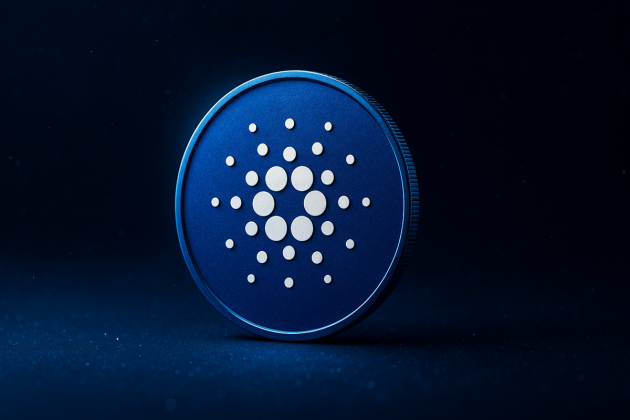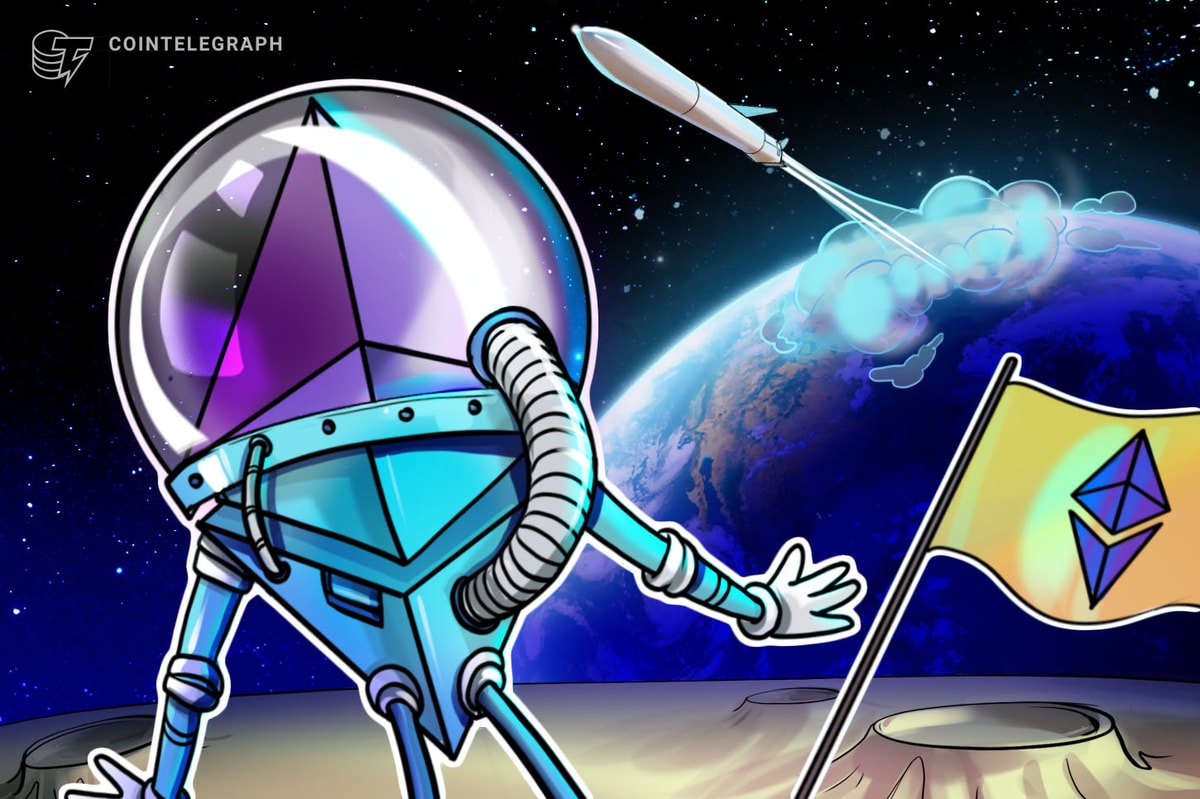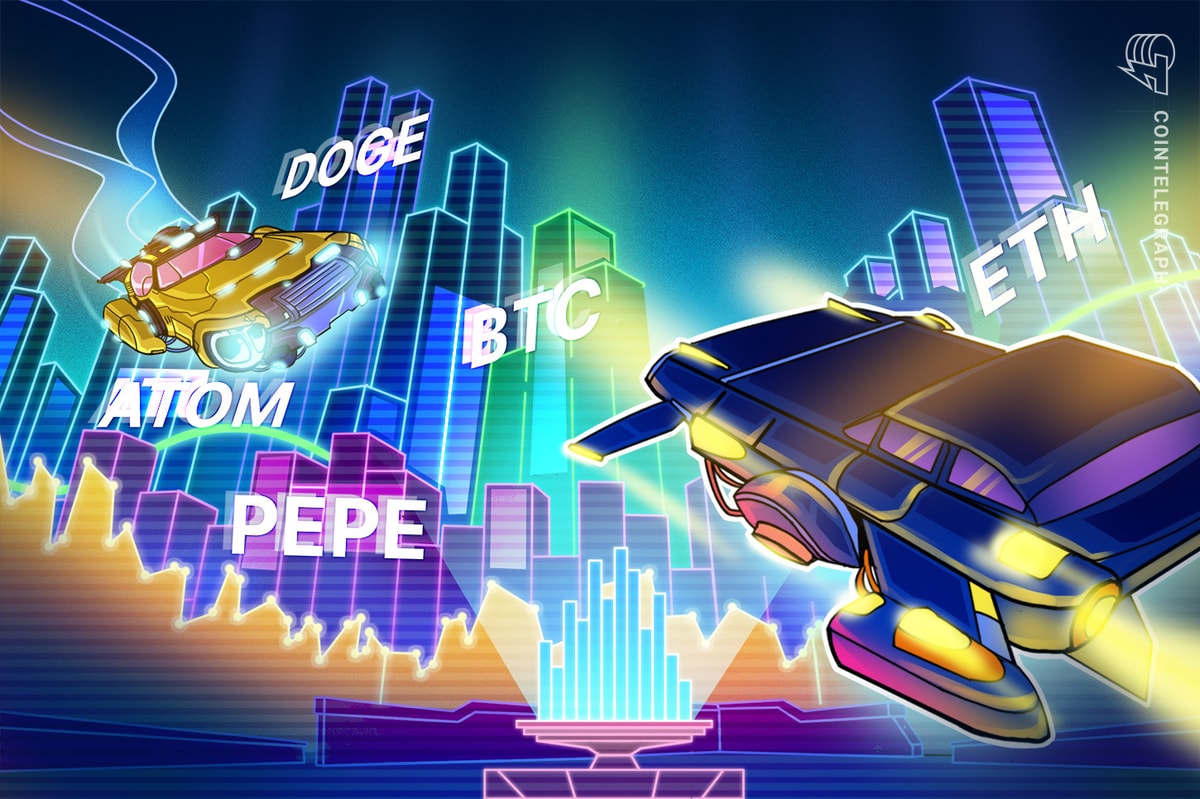Decentralized networks make everything more complicated, but decentralized networks can handle complicated things. When it comes to solving artificial intelligence’s (AI) gluttonous demand for computing power, the problem might just be complicated enough for decentralization.
Incentive networks are a form of decentralized network that rewards individual behavior that benefits the network as a whole, creating an “ecosystem” mentality. The difference between a simple ecosystem and an incentive network is its intentionality and mechanisms. An ecosystem is often a lucky accident, the sum of competing forces deciding they are better off working within certain limits rather than being outside the group. An incentive network is designed for shared success from day one.
But how does this tie back into AI? Think of scalable AI applications as something mechanical that produces simple answers from ludicrously large data sets using computational power, like gas in a car. The more data you haul and the faster you want the answers, the more gas you burn, and the biggest and most complex AI models burn multiple times what smaller ones do: OpenAI’s GPT-4 cost $78 million in compute to train, while Google’s Gemini Ultra cost $191 million. With numbers that big, a system that can reduce hardware investments and dynamically allocate resources to reduce overall costs while being impartial to the participants is vital — and that’s what incentive networks do.
Related: Blockchain has a role to play in countering the ill effects of AI
Gamification and the awarding of tokens are, therefore, crucial to the success of incentive networks. By encouraging users to engage in behaviors that benefit all participants, the creator of the incentive network ensures that the value of that ecosystem continues to increase on a fundamental level and through the actions of its users rather than based on either the goodwill or stated intentions of others. Using a token allows this incentive system to be crafted to the level of micro-rewards, creating a truly sophisticated and complex economy for the participants to operate in.
There are several great examples out there. Numeraire (aka. Numerai) is a hedge fund driven by data scientists who are rewarded for making accurate stock market predictions. Farcaster is a decentralized social network protocol designed to provide users with greater control over their content in which users can own their data and have a portable social graph that they can take across different platforms. In both cases, they’ve taken traditional models–trading and publishing–and old problems–predicting markets and capturing attention–and solved them through systematic outsourcing. Both industries in question are marked by a relatively low barrier to entry for their participants, at least at the lower end, and both have seen significant consolidation in the past decades.

It stands to reason that incentive networks would be a useful solution for tackling the main challenge of the 21st century, which is the explosive adoption of AI and its effect on the demand for computing power, sometimes also known as “compute.”
But let’s get back to incentive networks. To be truly decentralized, the incentives not only need to encourage behavior that is beneficial to the network but they must also be programmed and then accepted by the majority, not decided and adapted by the few. They must be fair but scalable, tailored to the user but accepting of diversity. They must also be simple enough to be understood or at least trusted. This implies either simple use cases or a prodigious amount of foresight. How can mere mortals design such astonishing engines?
The first step to solving complex problems is usually to separate them and solve them individually. Layered incentive structures do exactly that, addressing different user roles and contributions separately and rewarding outsized value with outsized rewards. Dynamic adjustment mechanisms, like the hyperparameters of a neural network, can also adjust reward based on network conditions to encourage necessary tasks that are underperformed or prevent the unhelpful gaming of the system. Reputation systems that prioritize long-term, high-quality, and sustainable actions over quick opportunism bring stability to the user population and can also encourage newcomers to put in additional efforts to establish themselves, while privacy-focused technology like zero-knowledge proofs can increase participation without fear of reprisal.
Related: Exclusive: Mike Flood is shaking up Congress over cryptocurrency
The goal, when it comes to compute, is a system that is inclusive of both small and large organizations while being fair to both, a system that responds to the needs of the market without redundant capacity and can upgrade or reuse its assets without depending (only) on the largest players. It is a system that plays no favorites between users and providers and allows the monetization of assets and intellectual property to the benefit of all.
What can you practically do about this information? As always, DYOR (do your own research). Check out projects like ThoughtAI (THT), Bittensor (TAO), and Ocean Protocol (OCEAN) and see how you want to get involved, either as an investor, a builder, or part of the community. Or, if you’re more of an entrepreneur and you’re dreaming of disrupting an entire industry with AI, get into the nitty-gritty of what it will take to train and update that AI. Incentive-network-driven compute could save you and your investors millions of dollars. It will also ensure that your resources will scale with demand if your solution is a runaway hit.
Since we’re speaking of enabling AI, it should surprise no one that the task of managing such a complex system in a decentralized manner should fall to, well, an AI. By enabling the incentive network to continuously gather data on the performance and satisfaction of its members, as well as receiving feedback loops from the actual outcomes of the use of the network, we will, in the future, be able to construct increasingly sophisticated systems that continue to grow and provide value to their users. By using natural language processing, identity systems, and reputation systems, these incentive networks will further be able to engage with the users individually, providing them with skills training or equipment recommendations to optimize their contribution and rewards based on their unique capabilities. It’s a governance model with the human at heart on a scale that hasn’t been achievable in the past.
As is always the case with revolutionary technology, the combination of AI and incentive networks will not only allow greater productivity but also a transfer of power from large organizations to individual contributors. It’s up to each of us to stay informed about these developments and to create an expectation of a world that is not just better in theory but also fairer, more personal, and more effective in practice.
This article is for general information purposes and is not intended to be and should not be taken as legal or investment advice. The views, thoughts, and opinions expressed here are the author’s alone and do not necessarily reflect or represent the views and opinions of Cointelegraph.











